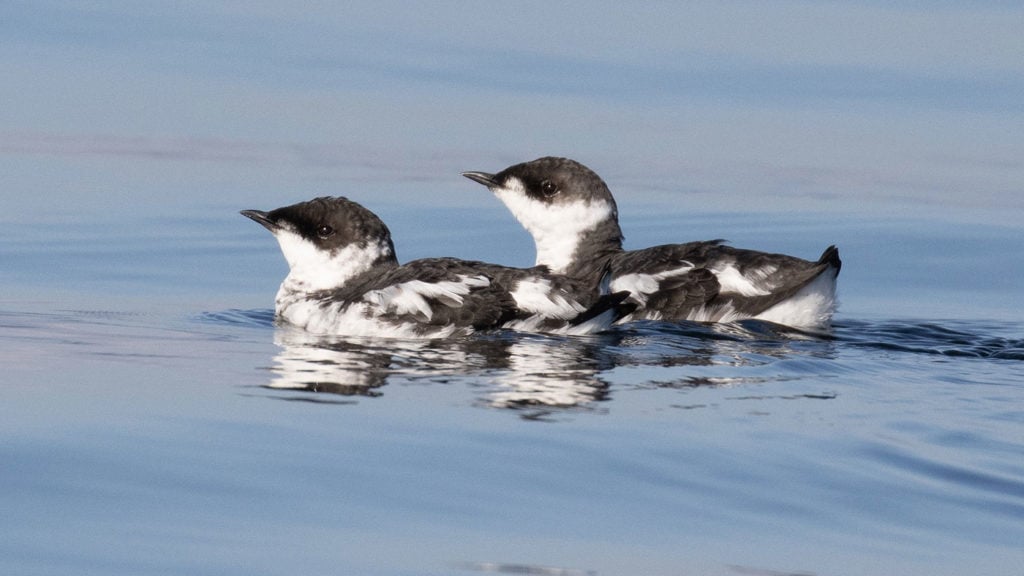Publications that include recent population and habitat monitoring results in detail include the three chapters in the 20 year murrelet report.
Marbled murrelet population.
In california that meant that murrelets were only likely to be found in the old growth redwood forests protected in california state parks and redwood national park.
Fish and wildlife service and other state federal and private researchers to participate in a program to estimate marbled murrelet population size.
Subsequent intensive at sea population surveys have revealed that only 4 000 murrelets give or take a thousand exist off the coast of redwood national and state parks.
Marbled murrelets have a protracted breeding period with the individuals of a population not all breeding at the same time.
Its habit of nesting in trees was suspected but not documented until a tree climber found a chick in 1974 making it one of the last north american bird species to have its nest.
Under the plan monitoring is an essential component and is designed to help managers understand the degree to which the plan is meeting this objective.
Field and analytical methods pdf 1 6 mb 10 year report for the northwest forest plan.
For the nest habitat monitoring component of the marbled murrelet effectiveness monitoring program there was no work in 2016.
Marbled murrelet movements are not well understood either but the birds carry out partial migrations outside the breeding season.
Fws s threatened endangered species system track information about listed species in the united states.
2003 methods for surveying marbled murrelets pdf 3 mb.
The marbled murrelet brachyramphus marmoratus is a small seabird from the north pacific it is a member of the auk family.
At sea marbled murrelet population monitoring since 2000 wdfw has joined usda forest service pacific northwest research station u s.
Marbled murrelet 5 year review pdf 880 kb evaluation report for the marbled murrelet 5 year status review pdf 7 mb regional population monitoring of the marbled murrelet.
The primary cause of marbled murrelet population decline is the loss and modification of nesting habitat in old growth and mature forests through commercial timber harvests human induced fires and land conversions and to a lesser degree through natural causes such as wild fires and wind storms.
It nests in old growth forests or on the ground at higher latitudes where trees cannot grow.
They avoid fragmented and partially developed forest landscapes and are declining rapidly in washington and listed as a state endangered species.
Restore nesting habitat that will sustain a viable marbled murrelet population.
The age at which they begin breeding is unknown but it is assumed to be about two years.
2016 2 nesting habitat raphael et al.
A unique and threatened seabird.
1 population falxa et al.

